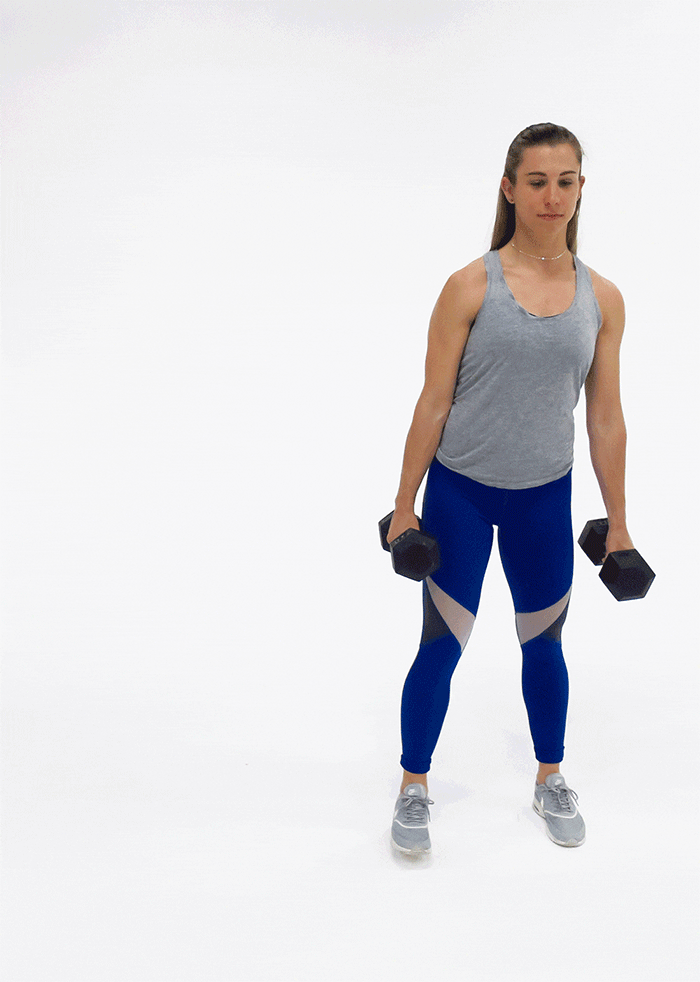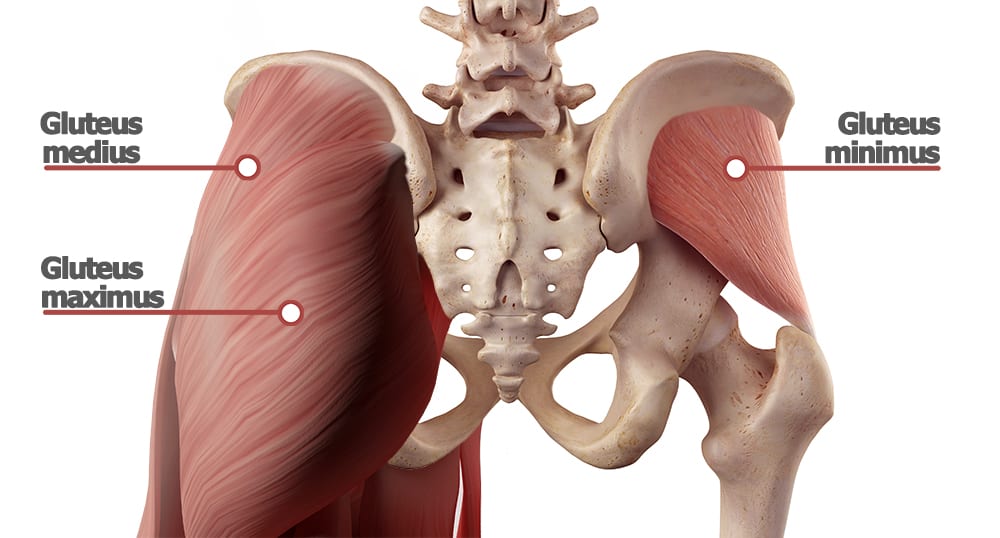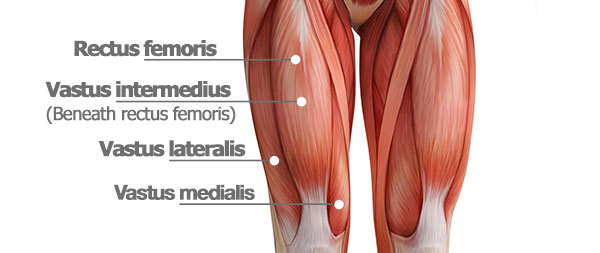Learn to Do Side Lunges for Sculpted Thighs and Glutes (Video)

As humans, we access three planes of movement: the sagittal plane (up and down, forward and backward), the frontal plane (side to side), and the transverse plane (rotation).
However, most of us train primarily in the sagittal plane, favoring exercises like running, squats, and biceps curls instead of side to side movements in the frontal plan, like lateral lunges or side lunges (they’re the same thing and can be called either name).
If you’re ignoring the frontal plane — and, more specifically, the side lunge — it’s time to correct that.
Incorporating the lateral lunge into your workout routine will not only make for more interesting sweat sessions, but it will also help you forge a more well-rounded physique.
How to Do the Dumbbell Side Lunge: Step-by-Step Instructions
Appears in: Shift Shop >> Strength: 25
- Holding a pair of dumbbells at your sides, stand with your feet hip-width apart.
- Keeping your feet parallel and your core engaged, step your right foot wide to the right without bending your left knee.
- Keeping your left leg straight, your chest up, and your back flat, bend your right knee, sit your hips back, and lower your body until your right thigh is parallel to the floor. The dumbbells should frame your right leg at the bottom of the move.
- Reverse the movement to return to the starting position.
- Repeat on the left side, and continue alternating sides, performing equal reps on each.
How to Make the Side Lunge Easier
The traditional side lunge is a bodyweight move, so if you find the above version difficult or are still learning how to do lunges, you can make the exercise easier by simply losing the dumbbells.
(Focus on your form before adding resistance!)
Additionally, you can also make side lunges easier by limiting your range of motion; instead of lowering your hips to knee level, go only halfway. You can also take a shallower step if you’re unable to keep your inside leg straight.
How to Make the Side Lunge Harder
“If you find bodyweight side lunges easy, use a band, weight, or medicine ball for resistance,” suggests Cody Braun, NASM performance enhancement specialist.
You can do a dumbbell side lunge like the one demonstrated above, holding a medicine ball in front of your chest or looping a resistance band just above your knees or ankles.
Benefits of the Side Lunge

If you’re looking to strengthen your lower body and shape your butt and thighs, side lunges make a smart addition to your current strength-training routine.
“Side lunges work your glutes, quads, and adductors,” explains Braun.
Side lunges can also help you navigate the frontal plane safer and more efficiently. “Side lunges teach your body how to decelerate and gain control in your lateral movements,” Braun continues.
By doing so, the lateral lunge can help prevent injury.
The side lunge primarily works one leg at a time, making it a unilateral exercise.
Because they don’t allow the muscles on one side of the body to compensate for those on the other, unilateral movements can help correct problem-causing muscle imbalances. “Incorporating side lunges into your workouts will help you build unilateral strength and hip stability,” explains Braun.
Bonus Tip for the Side Lunge
The secret to safely accessing all of the side lunge’s benefits is proper form. “You want to keep the hip, knee, and toes aligned at the bottom of the side lunge so the knee tracks properly,” says Braun. Doing so will allow you to work the thigh and butt muscles while also protecting your joints.
What Muscles Does the Side Lunge Work?
The side lunge is a great exercise for building lower-body strength and muscle.
Glutes

Your butt is formed by three gluteus muscles atop each leg. They help move your legs and hips, provide balance, and promote stability during single-leg movements like the side lunge.
Quads

The quadriceps are four distinct muscles on the front of each thighbone (femur) that are tasked with straightening your knee. Strong quads help you run fast, jump high, and squat low.
Adductors

Located along your inner thighs, these rangy muscles bring your legs together. They can also cause tightness and limitation when you step laterally (sideways).
